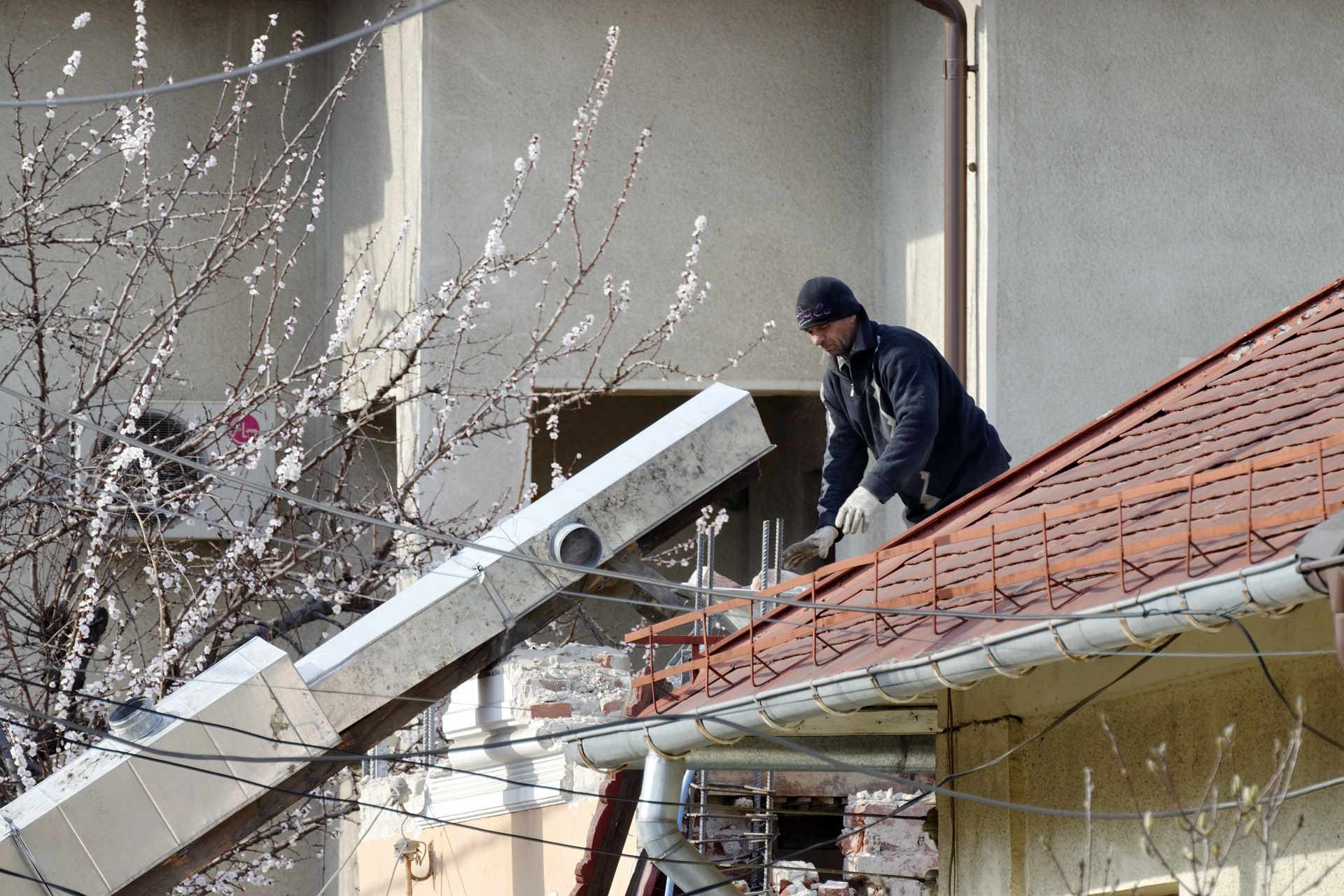Roofing Grants: How to Find and Apply for Help
Many homeowners face unexpected roof problems that can threaten safety, energy efficiency, and the overall condition of a house. Roofing grants are funding options provided by government agencies, nonprofits, utilities, and community programs to reduce the cost burden of roof repair or replacement for eligible households. These programs vary widely by location and purpose: some address storm damage or health-and-safety hazards, others support low-income families, seniors, veterans, or homeowners in rural areas. Understanding where to look, what documentation is needed, and how eligibility is determined can increase your chances of securing assistance and help you plan a more resilient approach to maintaining your home roof.

What are roof grants?
Roof grants are financial awards that do not typically require repayment and are intended to cover part or all of a roofing project. They may pay for emergency repairs, full replacements, or upgrades that improve safety and energy performance. Grants can come from multiple sources—federal and state programs, local housing agencies, nonprofit organizations, charitable funds, and sometimes utility-sponsored energy-efficiency initiatives. Availability and scope depend on program goals; some are aimed at disaster recovery while others target long-term housing stability or energy savings.
Who qualifies for roof repair grants?
Eligibility rules differ by program but commonly prioritize owner-occupied homes where occupants meet income thresholds, are elderly or disabled, or have children. Some grants are limited to homeowners in designated rural or low-income neighborhoods, while disaster-era aid often requires property damage tied to a declared event. Documentation such as proof of ownership, income verification, and damage estimates is typically required. Renters are less likely to qualify directly, though some programs work through landlords or local agencies to address rental housing needs.
How to apply for home roofing grants
Start by identifying programs that serve your area and circumstances—local government housing departments, state housing finance agencies, community action agencies, and nonprofits. Collect necessary paperwork: ID, proof of ownership, recent utility bills, income statements, repair estimates from licensed contractors, and photos of damage. Follow each program’s application instructions carefully and meet all deadlines. In many cases, preliminary inspections or contractor bids are required before approval. If you’re working with a nonprofit or local agency, they can often help compile documents and submit applications.
Where to find house roof grants in your area
Look first to county or municipal housing and community development offices and state energy or housing agencies for listings of available programs. Nonprofit organizations focused on housing stability, aging-in-place, or veteran services may offer targeted grants or repair assistance. Utility companies sometimes sponsor weatherization or energy-efficiency grants that include roof insulation or related repairs. Community foundations and faith-based charities occasionally run small grant programs for urgent home repairs. Verify program legitimacy through official government or nonprofit websites and local offices to avoid scams.
How grants affect long-term roof maintenance
Grants can close a critical funding gap for repairs and replacement, but many programs cover only immediate needs or a portion of costs. If a grant covers a replacement, it can extend the useful life of the roof and reduce future maintenance, but homeowners should still budget for routine inspections, gutter maintenance, and ventilation checks. Some grants require that work meet specific standards or use approved contractors, which can influence long-term performance. Keep records of work completed and warranties, and consider combining grant funds with savings or low-interest loans for higher-quality materials if allowed.
Conclusion
Roofing grants are a practical resource for homeowners facing repair or replacement needs, particularly when financial constraints or urgent damage create risks to safety and property value. Success depends on finding programs that match your situation, preparing clear documentation, and understanding program limits—many grants are partial, tied to specific eligibility criteria, or require approved contractors. By researching local agencies, nonprofit options, and utility programs, homeowners can identify realistic paths to repair a roof and protect their home over the long term.






